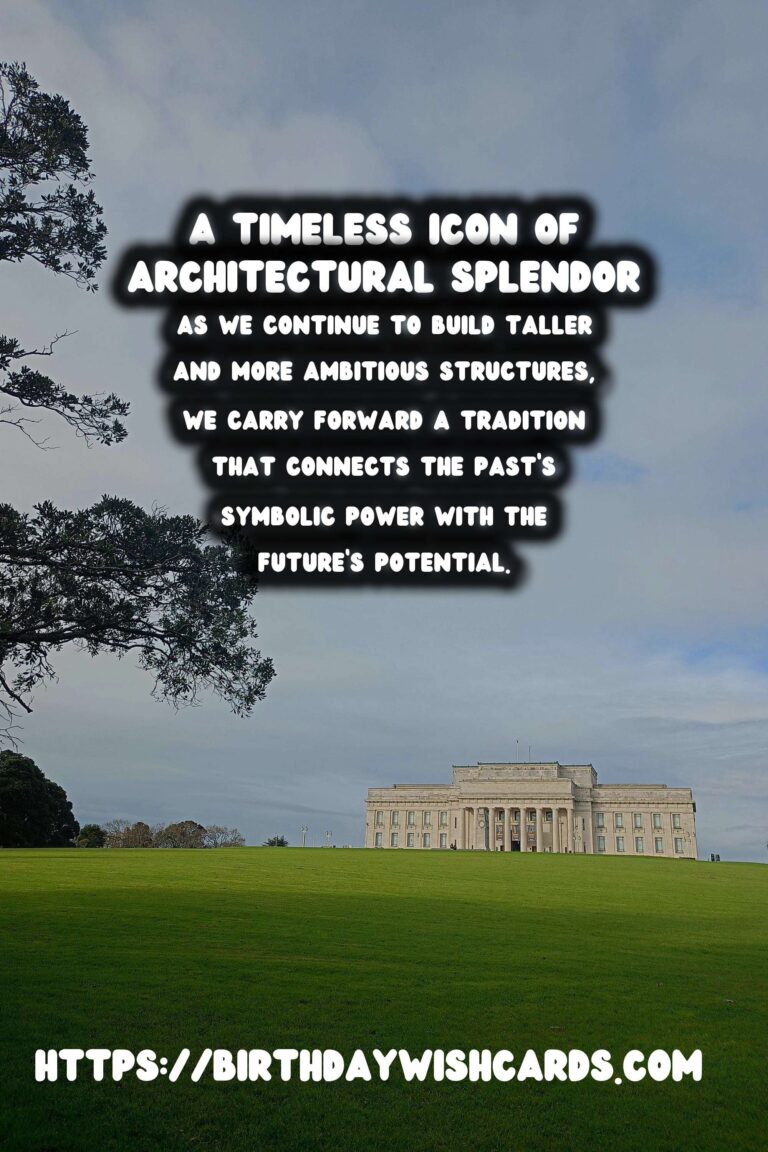
Towers have fascinated the human imagination for centuries, standing tall as symbols of power, protection, and progression across cultures worldwide. Often intended as fortifications, observation posts, or symbols of religious and political dominance, towers have evolved through the ages, each architectural style revealing unique stories about societal developments and advancements in engineering.
Ancient Towers: Functional and Symbolic Structures
The concept of a tower can be traced back to ancient civilizations where they primarily served functional purposes. In Mesopotamia, the ziggurats were monumental structures that played pivotal roles in religious rituals. Egypt has its iconic pyramids, technically not towers, but their tapered geometry was influential in later tower designs.
The iconic Babylonian ziggurats, with their massive, tiered structures, were built as sacred temples, each level representing a step closer to the divine. Similarly, in ancient India, gopurams or monumental entrance towers to temple complexes were both religiously and culturally significant, designed to inspire awe and reverence.
Medieval Towers: Defense and Domination
The medieval era witnessed the strategic importance of towers in shaping kingdoms and empires. Castles prominently featured towers as both defensive strongholds and symbols of feudal power. The architectural innovation during this period was critical in warfare, with advancements like machicolations and arrow slits enhancing their effectiveness.
Cultural significance was also highlighted in Gothic architecture, where the towering spires of cathedrals like Notre-Dame de Paris served not only as religious beacons but also as emblems of the city’s wealth and religious devotion.
Renaissance and Baroque Periods: Toward Aesthetic Advancements
During the Renaissance and Baroque periods, towers took on a more ornamental role, reflecting the humanist appreciation for art and beauty. This era saw the erection of campaniles and belfries throughout Europe. These towers, such as the Leaning Tower of Pisa, were designed with mathematical precision and artistic flair, providing cultural and economic value to their cities.
Baroque architecture pushed the boundaries of aesthetics further, with towers featuring elaborate facades and dramatic use of light and shadow, often associated with the aristocracy’s taste and influence.
Modern Towers: Innovations of the Industrial Era
The Industrial Revolution ushered in new possibilities for tower construction, led by materials like iron and steel. The Eiffel Tower, though initially controversial, exemplified engineering excellence and became a global cultural symbol.
Towers in the modern era have grown to symbolize commercial power and urbanization, with skyscrapers dominating city landscapes. This period highlights the increasingly international narrative of towers as pinnacles of human achievement and architectural innovation.
Cultural Significance of Towers Today
Today, towers continue to be integral to cultural identity, representing progress, technological prowess, and a connection to history. From broadcasting towers to commercial skyscrapers, these structures not only serve practical purposes but also represent the globalization and technological advancements of our time.
In conclusion, the architectural history of towers is as diverse as it is long, reflecting cultural values, technological capabilities, and artistic achievements of civilizations. As we continue to build taller and more ambitious structures, we carry forward a tradition that connects the past’s symbolic power with the future’s potential.
Towers have fascinated the human imagination for centuries, standing tall as symbols of power, protection, and progression across cultures worldwide. As we continue to build taller and more ambitious structures, we carry forward a tradition that connects the past’s symbolic power with the future’s potential. 
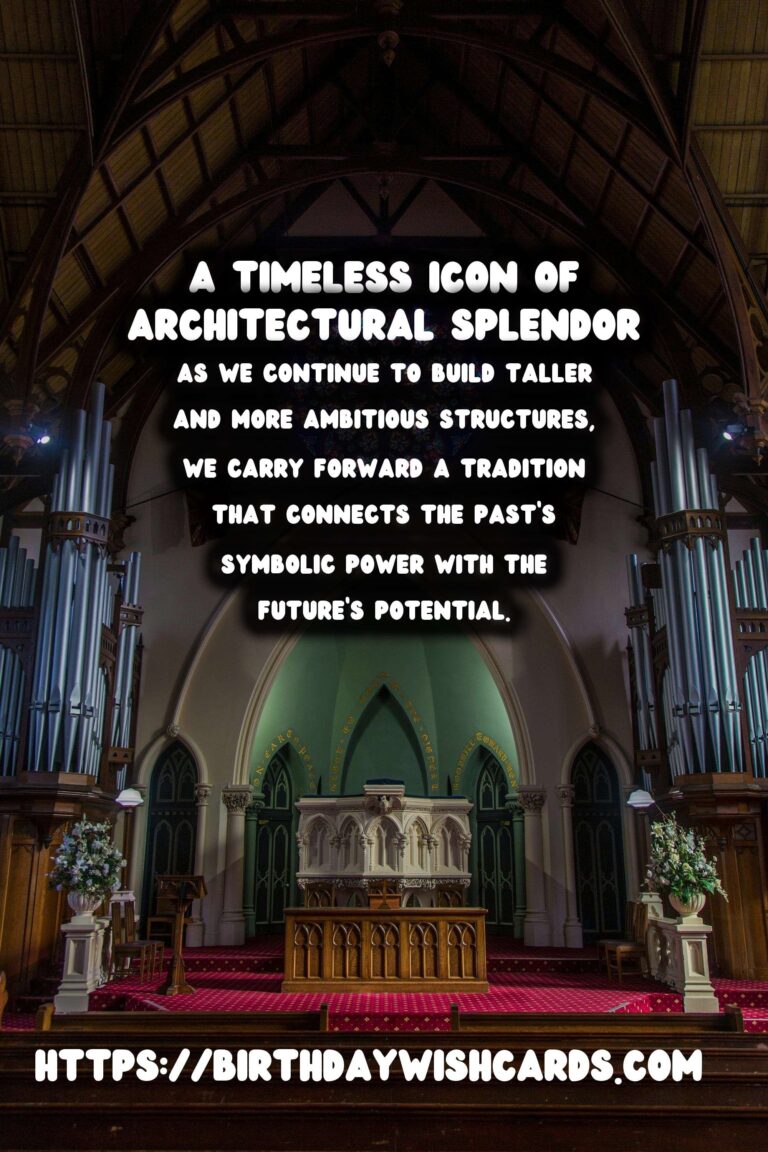


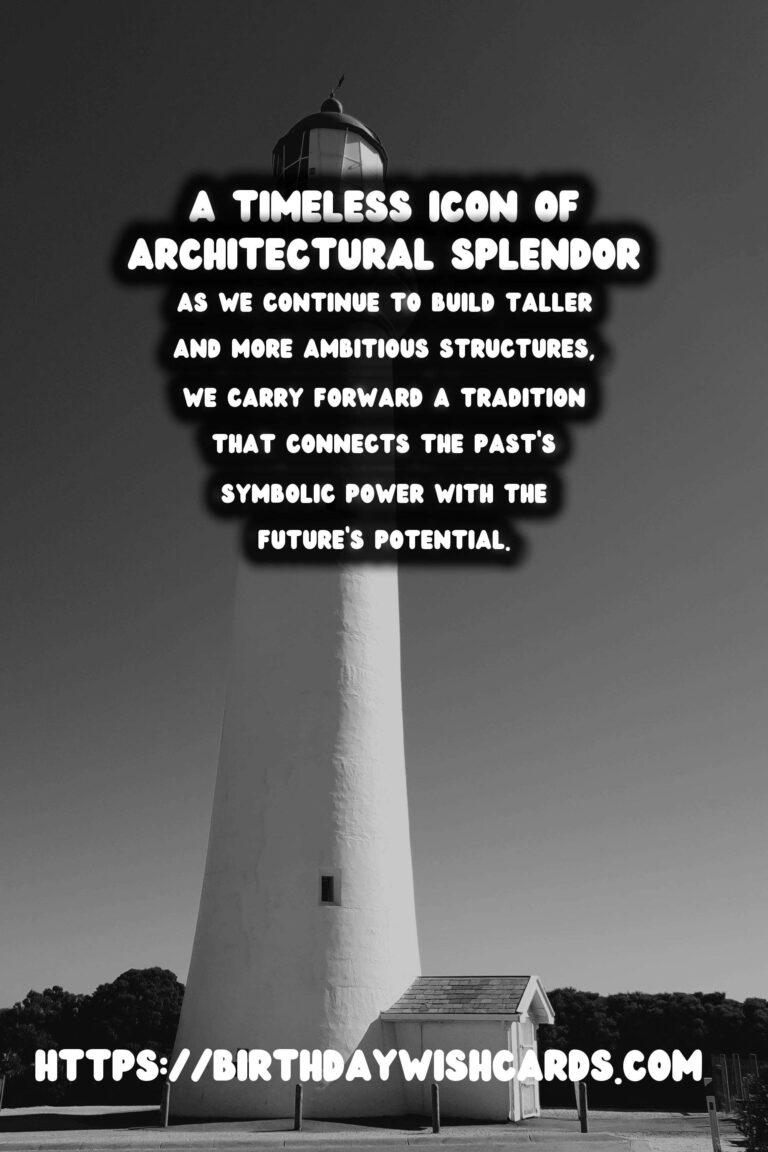
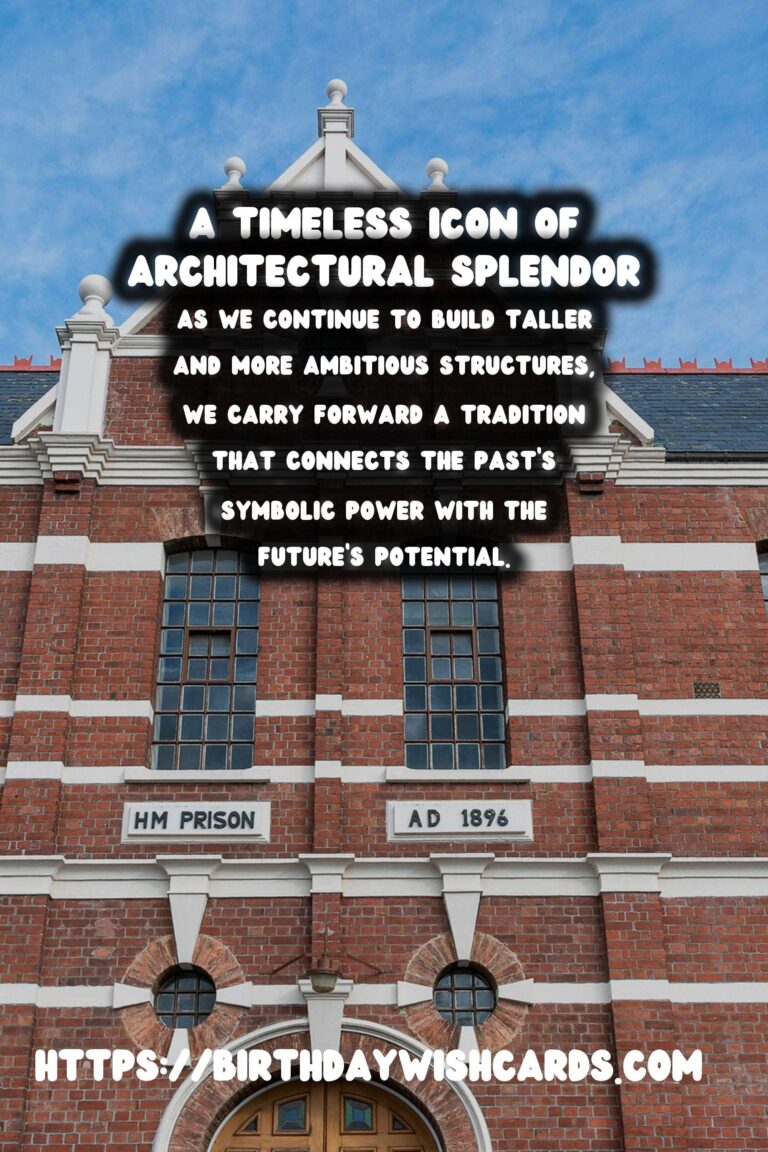
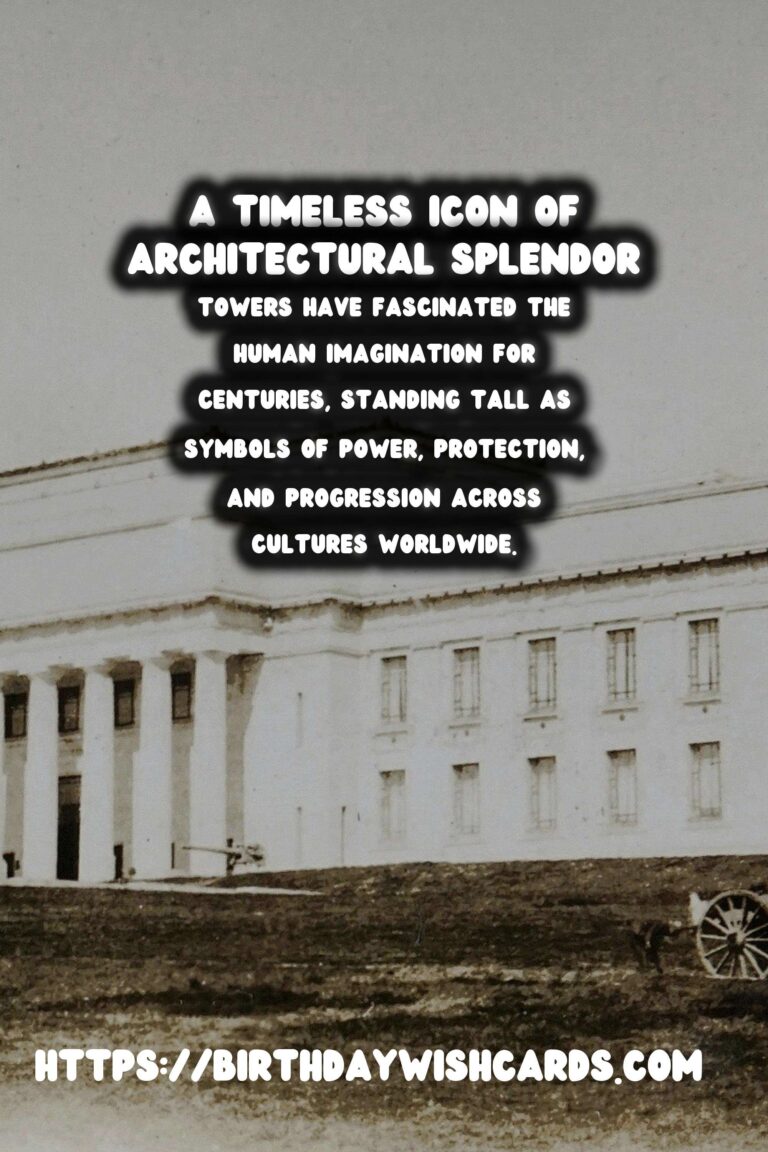
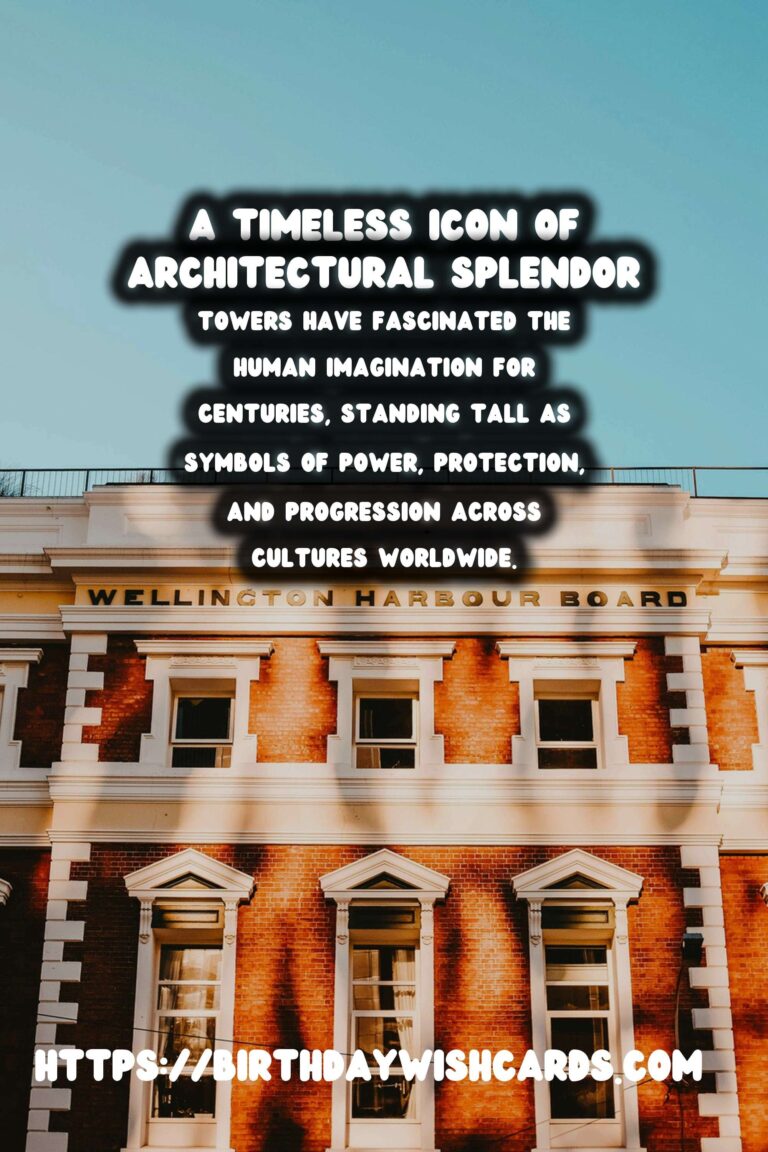
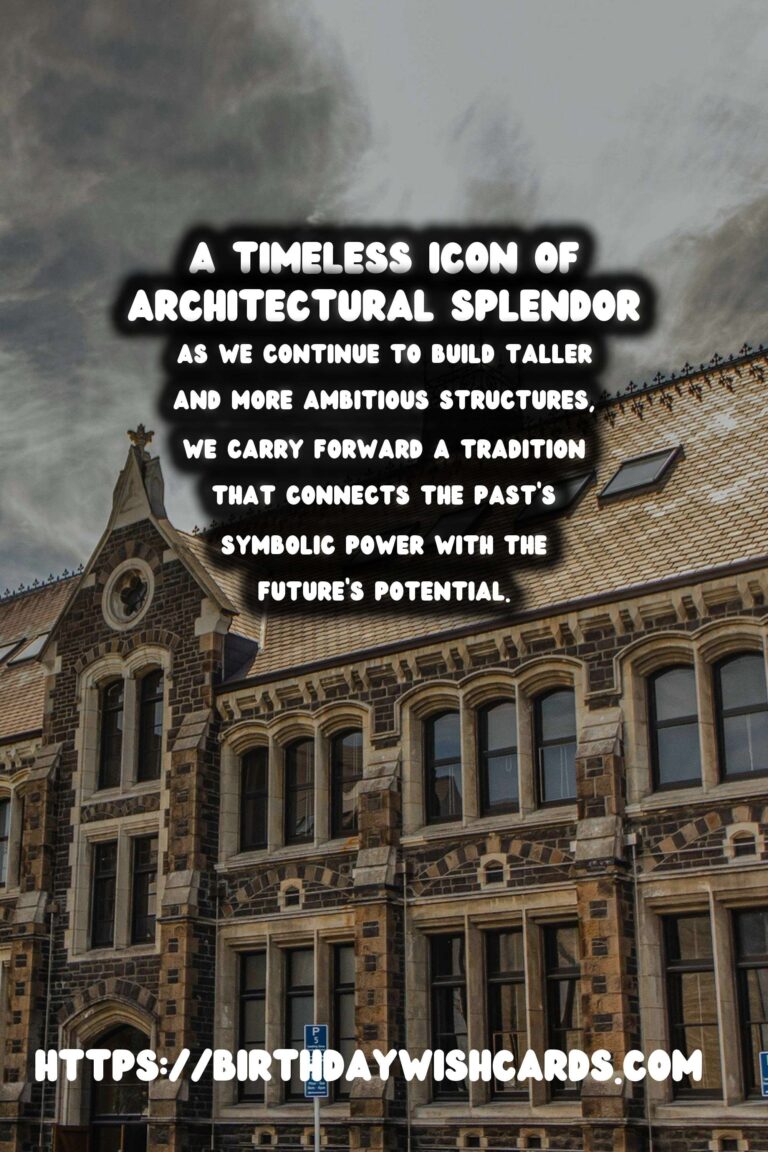
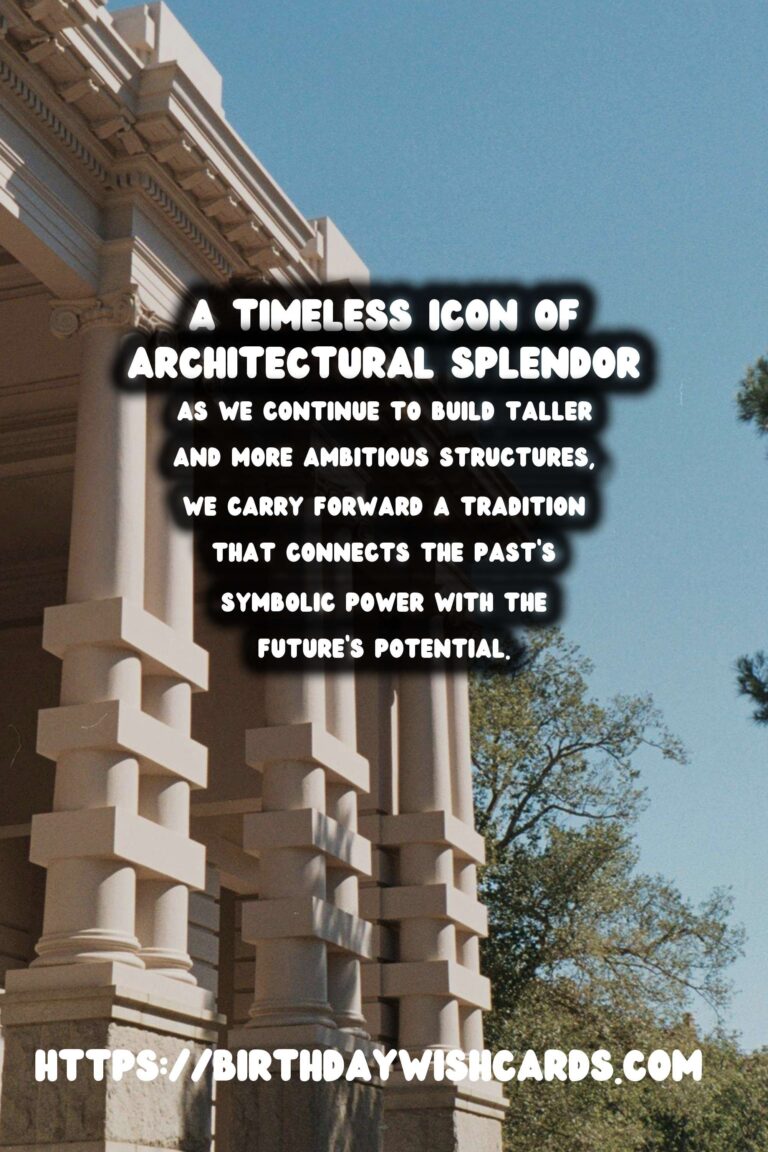
#ArchitecturalHistory #CulturalSignificance




